Emergency Photo Kit Essentials You Don’t Want to Forget
Photography can be unpredictable. One minute you’re chasing golden hour like it’s the Holy Grail, and the next, you’re on the ground searching for a spare battery like it’s your life’s mission. That’s where an emergency photography kit swoops in to save the day. It’s your safety net, your trusty sidekick, the thing you’ll thank your past self for when you’re in the middle of nowhere and suddenly need, well, everything.
Think of it as your photography version of a go-bag. It’s not just about the gear—it’s about being ready for the curveballs. Maybe the weather turns, maybe you forget something crucial, or maybe your camera decides to throw a tantrum right before the perfect shot. Whatever the chaos, having an emergency kit means you’re less likely to panic and more likely to roll with it.
And look, it doesn’t have to be an overpacked mess that makes TSA cringe. A little planning goes a long way. The goal here is to have what you need without feeling like you’re lugging around your entire studio. It’s all about balance—you want enough essentials to handle mishaps but still be mobile enough to chase those fleeting moments without looking like you’re hauling bricks.
Once you get the hang of it, packing your emergency photo kit will feel as natural as grabbing your camera bag. Trust me, your future self will thank you.
Essential Camera Gear
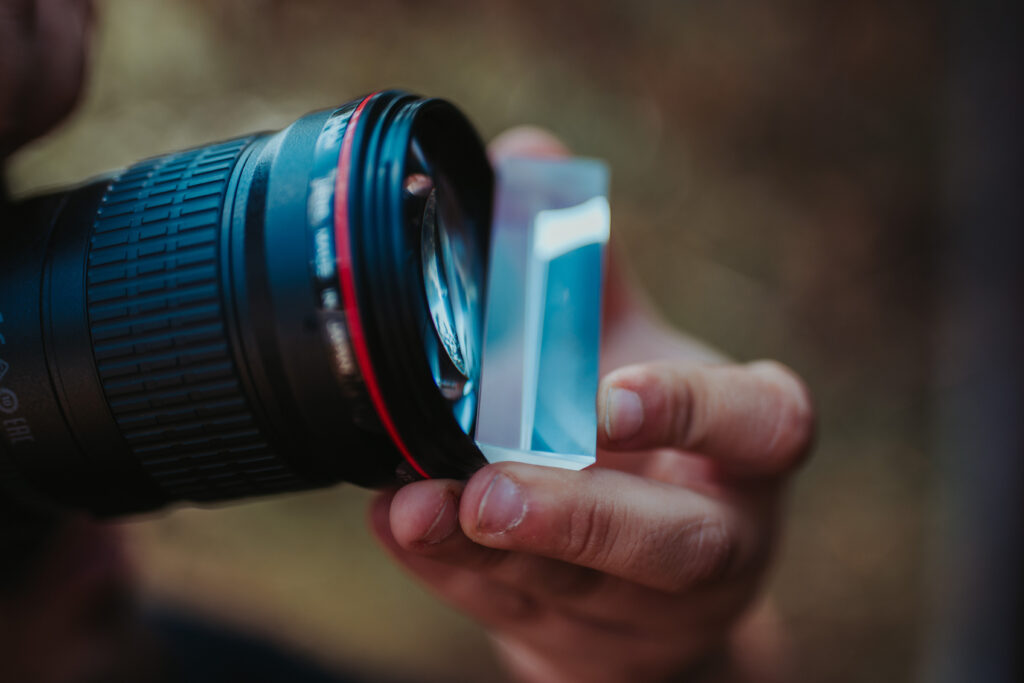
Let’s dive into the guts of your kit—the camera gear.
Obviously, you’re bringing your camera body (unless you’re just here for the snacks, in which case, respect). But let’s not stop there. You’ll want a couple of lenses to cover your bases. Think about what kind of shots you’ll be chasing. A versatile zoom lens? Always handy. A prime lens for those crisp portraits? Chef’s kiss. Wide-angle for landscapes? Yes, please. Just don’t go overboard unless you’re auditioning for a weightlifting competition.
Now, batteries. Yes, plural. One is never enough, and running out of juice mid-shoot is basically the photographer’s version of leaving your coffee on the roof of your car. Toss in a charger too—preferably one that works quickly because time waits for no golden hour.
Oh, and if you’ve got a flash or external speedlight, bring it along for those moments when natural light takes the day off. Even if you don’t think you’ll need it, it’s better to have it and not use it than to wish you had it while cursing the universe.
Finally, pack all this precious cargo into a sturdy, well-organized bag. A good camera bag not only protects your gear but also saves you from the chaos of digging around like you’re searching for lost treasure.
Memory and Storage
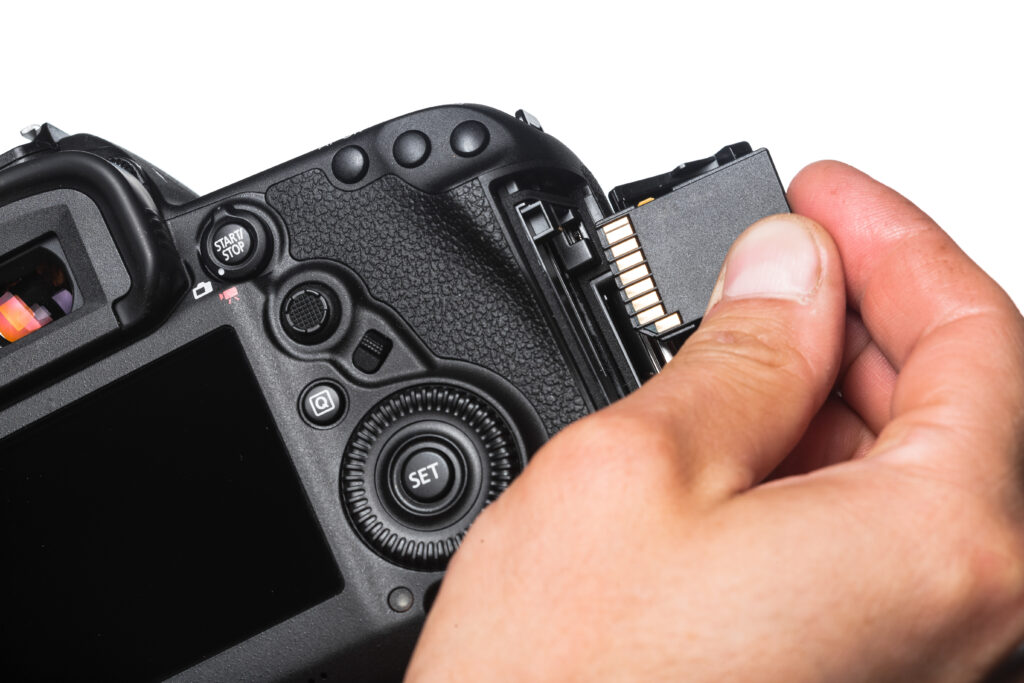
Ah memory and storage—because what’s the point of snapping amazing shots if you run out of space?
First up, memory cards. And no, one is not enough. Always pack extras. Think of them like potato chips: you’ll need more than you think. Go for high-capacity cards with fast write speeds, especially if you’re shooting in RAW or capturing video. Nobody wants to sit around waiting for their camera to process every shot like it’s using dial-up internet.
But wait, there’s more! A portable storage device is your best friend when you’re out there racking up gigabytes. It’s like having a digital safety net for all your work—because, let’s face it, accidents happen. Maybe a card gets corrupted, or you accidentally format the wrong one (cue internal screaming). Having an external drive to back everything up can save you a major headache.
And don’t forget to keep your memory cards organized. Little cases or pouches work wonders for keeping them safe and easy to find when you’re swapping them out mid-shoot. Bonus points if you label them, so you’re not left guessing which ones are full and which ones are fresh. Your future self will thank you when you’re not frantically dumping photos at the last minute.
Lighting Equipment
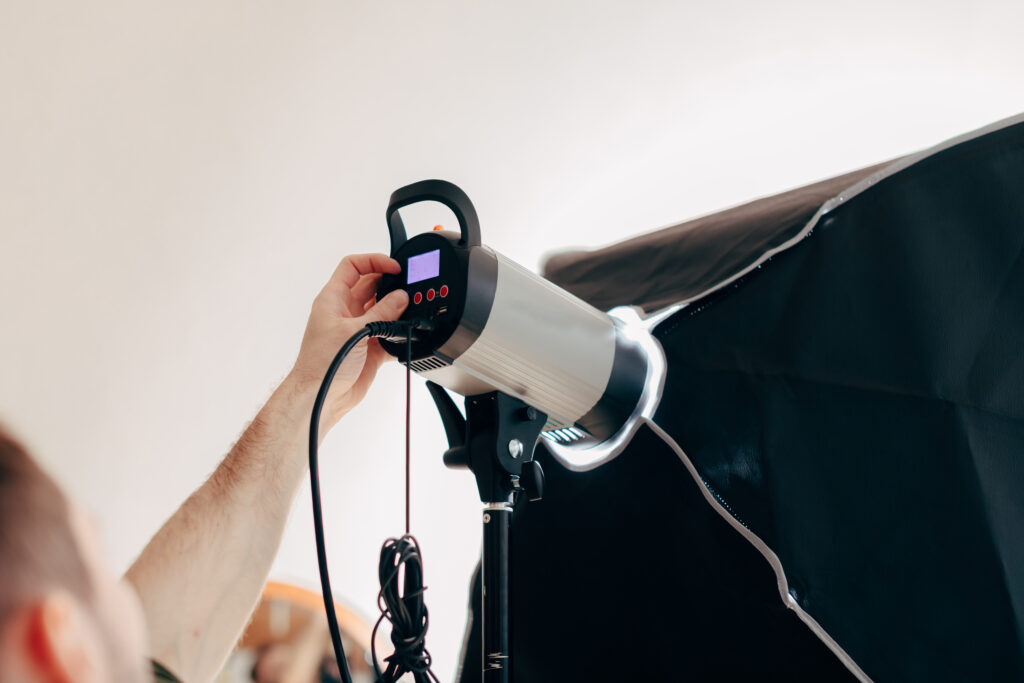
Lighting can make or break your shot, so it’s worth tossing a few tricks into your kit.
A compact flash or some portable LED lights can work wonders when natural light isn’t playing nice. And don’t forget about modifiers—reflectors and diffusers are the real MVPs here. They’re like that friend who smooths over awkward situations at parties but for your photos. They help balance out harsh sunlight or soften those shadows that make your subject look like they’ve been cast in a horror movie.
The best part? These tools are lightweight and won’t take up half your bag. Reflectors fold up like magic, and LED lights these days are so slim they could slide into your back pocket—if you’re rocking cargo pants, of course. And for those nighttime shoots or indoor setups, having a little extra lighting in your corner can turn a lackluster image into something seriously cool.
Support Tools
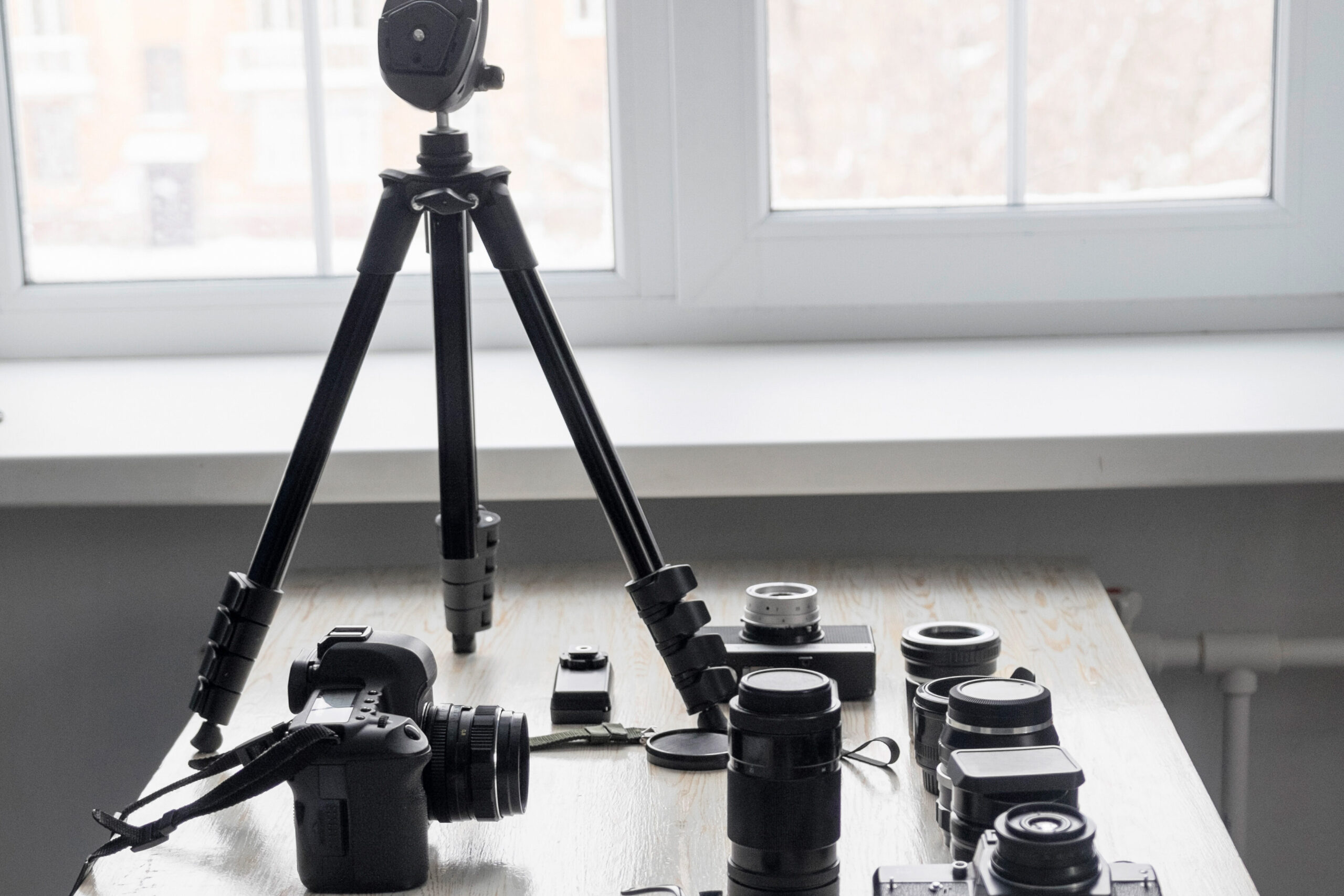
When it comes to support tools, let’s talk stability.
If you’re aiming for those silky smooth long exposure shots or shooting video that doesn’t resemble a rollercoaster ride, a tripod or monopod is your best friend. Think of them as the quiet, dependable pals who keep everything steady while you do your thing. There are compact options out there that won’t turn your bag into a back-breaking nightmare, so no excuses for leaving them behind.
Now, if you’re more of a free spirit and like to move around, camera straps and harnesses are where it’s at. Nobody wants to be the person fumbling their gear mid-shoot or, worse, hearing that heart-stopping “clunk” when your camera meets the ground. A solid strap keeps your camera right where you need it and saves you from juggling your gear like it’s some kind of circus act.
Oh, and while we’re at it, don’t underestimate the power of some quick-release plates. Trust me, they’re the unsung heroes when you’re switching between handheld and mounted setups without missing a beat. Plus, they save you from all that awkward twisting and turning that makes you look like you’re wrestling your tripod.
Last but not least, throw in a couple of bungee cords or straps. Sounds random, right? But they’re perfect for securing loose items or tying down your bag when you need an extra hand. Never hurts to have a little backup for your backup, you know?
Cleaning and Maintenance
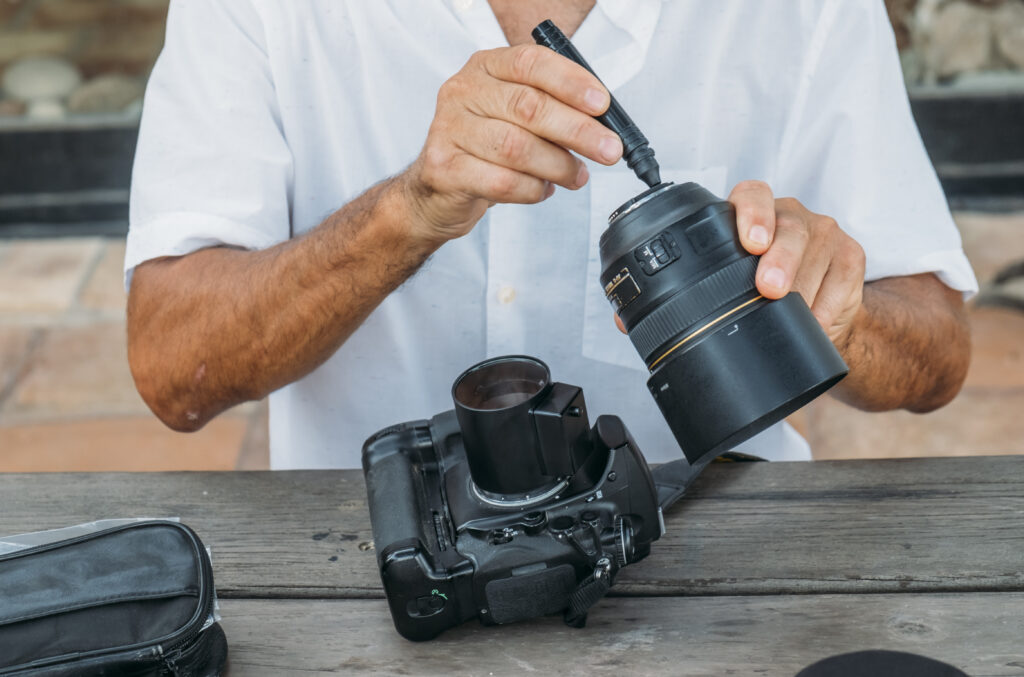
Look, nobody likes dealing with a dirty lens—it’s like trying to watch a movie through a fogged-up windshield.
That’s why a little cleaning and maintenance can go a long way. Start with a microfiber cloth for those annoying smudges. It’s basically the MVP of your kit. Just make sure it’s clean—no one wants to swap fingerprints for lint.
For the sneaky dust particles that love to camp out on your gear, an air blower is your go-to. It’s like a mini leaf blower but way less dramatic. A few quick puffs, and you’re good to go. If things are looking extra grimy, grab a lens cleaning solution and some lens paper. Don’t just spit and wipe—that’s not a vibe. Use the right tools so you’re not accidentally scratching up your gear while trying to “clean” it.
And hey, don’t forget about your sensor. If you’re noticing spots on your images that aren’t part of the scenery, it might be time for a sensor cleaning. But unless you’re super confident, leave that to the pros. One wrong move, and you’re looking at a repair bill that’ll make you cry.
Also, check your camera body every now and then for dirt, dust, or even random crumbs if you’re like me and think snacks and cameras belong in the same hand. Keep your gear in tip-top shape, and it’ll return the favor with amazing shots—well, as long as you know what you’re doing.
Personal Items and Extras
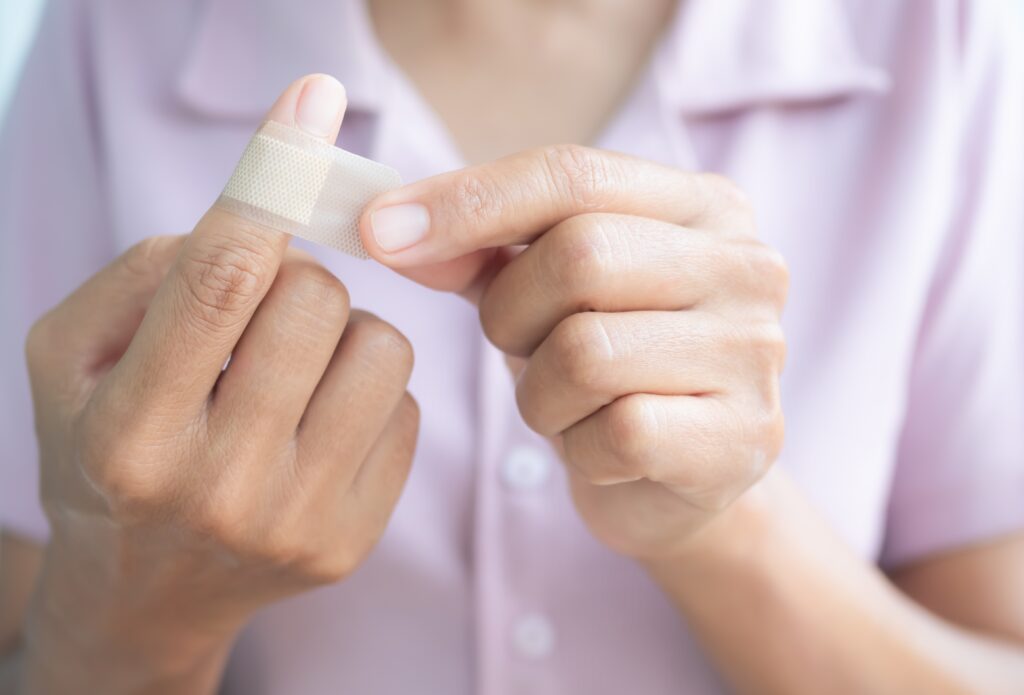
Now, let’s talk about the stuff that’s all about keeping you—yes, you—in one piece while you’re out there doing your thing.
First off, snacks. Don’t underestimate the power of a good granola bar or some trail mix when you’re hours deep into a shoot and your stomach starts growling louder than your shutter. Hydration? Non-negotiable. A reusable water bottle is your best friend, especially if you’re trekking around in the sun or chasing shots in the middle of nowhere.
Now, let’s get practical. A small first aid kit? Total lifesaver. We’re talking band-aids, pain relievers, maybe even some blister pads if your shoes decide to betray you halfway through the day. And don’t forget sunscreen—because turning into a lobster wasn’t part of the plan—and bug spray if you’re shooting in the great outdoors where every mosquito seems to have your name on it.
Throw in a notepad and pen for jotting down ideas or locations (or doodling when you’re waiting for the light to hit just right). And for those marathon shoots, a portable phone charger can keep you connected when your battery inevitably gives up. Bottom line: take care of yourself out there. A happy, prepared photographer takes way better pictures—trust me on this one.
Selling a property? Give us a call today and learn more about our professional photography services that can boost your property listing!
Also, explore our sister company for exclusive luxury listings you won’t want to miss. Don’t forget to tune into our new podcast for even more valuable insights!
